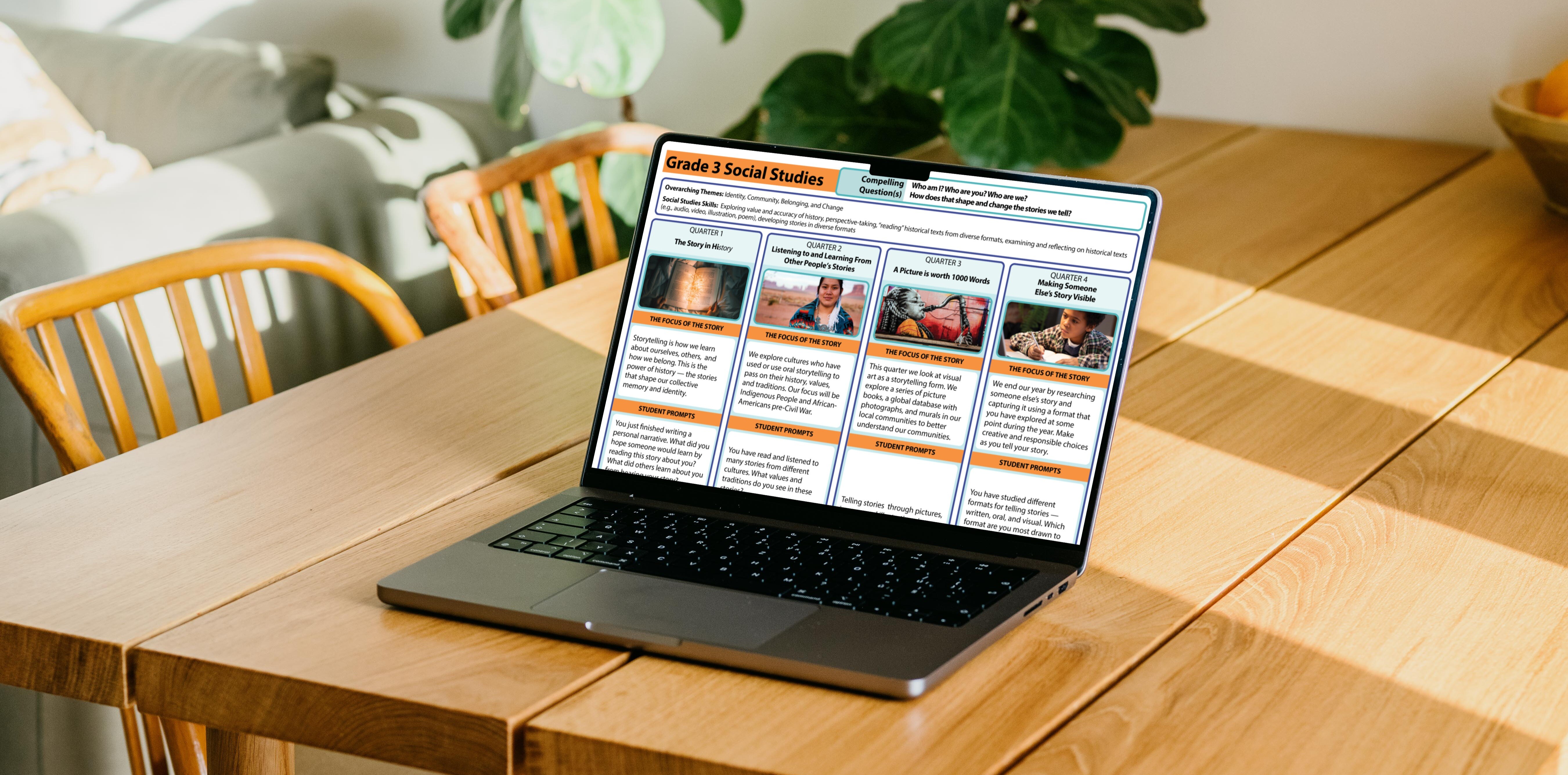At Eduplanet21, we are committed to supporting educators in designing meaningful and impactful curriculum experiences. In our latest webinar, hosted by Kelsey Jaskot and Allison Zmuda, we explored how a well-designed curriculum using Curriculum Storyboards can transform student learning. If you missed the live session, you can watch the recording above, and here are some key insights from the discussion.
Allison emphasized that simply making curriculum clear and accessible is not enough—students need to understand why the work matters. Curriculum should not be a static document but an evolving tool that invites students into the learning process. Rather than relying on AI-generated revisions, curriculum development requires intentional collaboration among educators to set priorities and make meaningful choices.
A major challenge in curriculum design is content overload. As Allison noted, if educators tried to cover every standard in depth, students would need additional years of schooling. Instead, educators must determine high-priority standards, focusing on the essential knowledge and skills that will most benefit students. This involves not just cutting content but also consolidating and reorganizing learning experiences to create a more cohesive and compelling educational journey.
One powerful strategy discussed was the use of Curriculum Storyboards to map out the learning journey. Whether within a single course, across grade levels, or throughout a student’s entire educational path, a well-structured curriculum tells a story. For example, a 9th-grade world geography class can be organized into meaningful units that create a clear progression, allowing students and families to see the purpose behind each learning experience.
Three essential elements of effective curriculum storyboards emerged from the discussion:
Unit Titles – Moving beyond generic labels to titles that intrigue and invite curiosity.
Visual Imagery – Using compelling images or icons to engage learners and make content more accessible.
Focus of the Story – Framing the unit from a student’s perspective, making connections to prior learning, and setting the stage for real-world applications.
A standout example came from Virginia Beach City Public Schools, where educators developed a 5th-grade science curriculum with a strong throughline around energy. The unit used familiar local experiences—roller coasters and fighter jets—to make learning more relevant and engaging. Teachers found that having a clear curriculum roadmap helped them make more intentional instructional choices and better align lessons with overarching learning goals.
By designing curriculum with clarity, intentionality, and student engagement in mind, educators can create learning experiences that are both challenging and meaningful. A well-structured curriculum does more than deliver content—it fosters curiosity, critical thinking, and a deeper connection to learning.
Watch the full webinar to gain even more insights and practical strategies!
